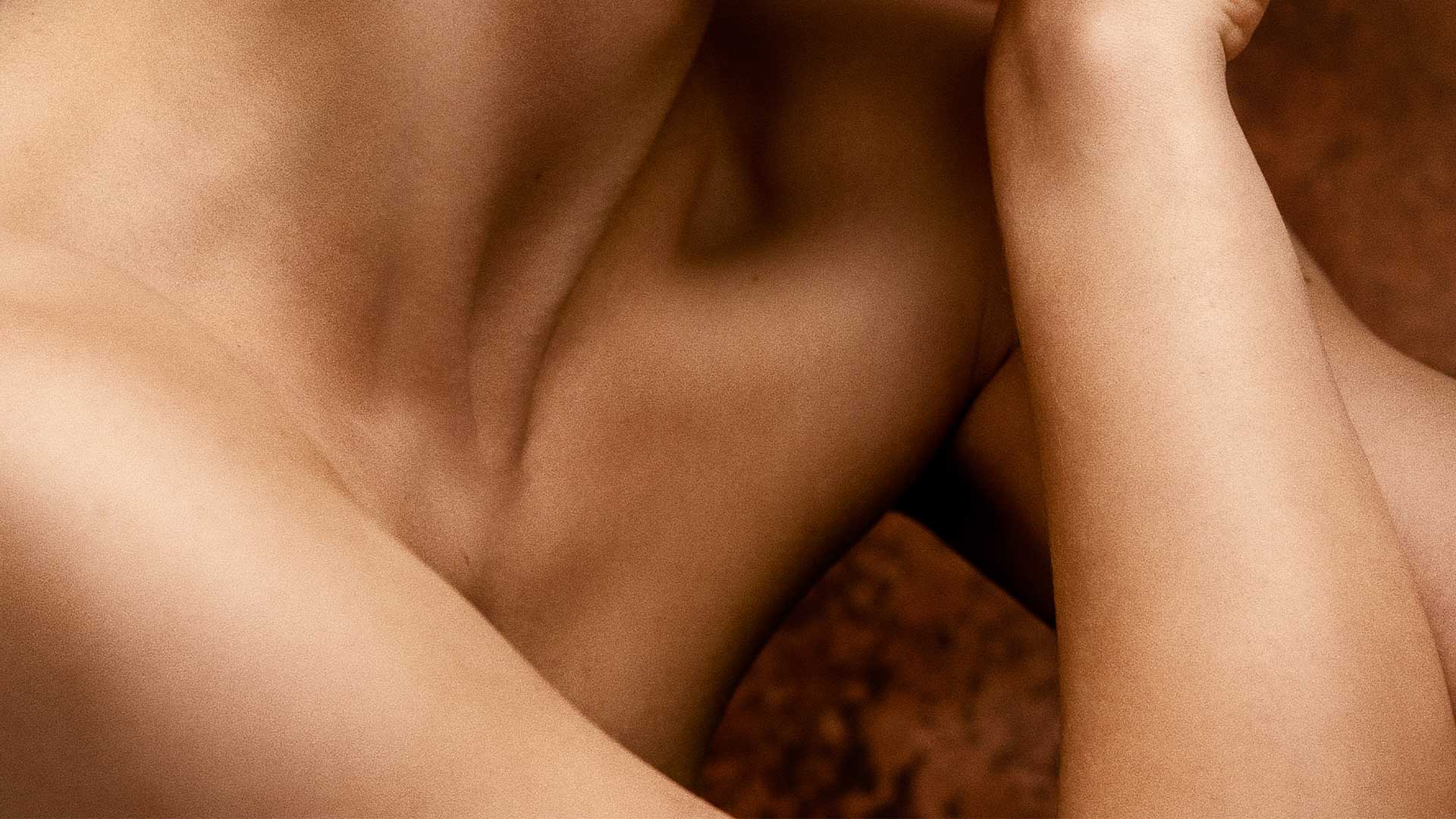TREATMENT
Skin Needling
What does Skin Needling help with?
Skin laxity, fine lines, dull complexion, large pores are all all symptoms of the dermis lacking in its main constituents being Hyaluronic Acid and collagen. Collagen is produced by cells called fibroblasts. Fibroblasts activity slows down with ageing, genetic and environmental factors (UV exposure, smoking, pollution, etc).
There are many ways to increase fibroblasts activity as most forms of inflammation or mechanical trauma to the dermis will cause a chain reaction which results in collagen production.
Skinstitute FAQ
A topical local anaesthetic is applied on the skin's surface and left for a period of time to reduce the sensation of the tiny needles. The longer the needles used, the longer the anaesthetic will be left on for. Longer needles are not necessary to achieve great outcome although might be necessary in the case of acne scarring or more pronounced wrinkling.
The numbing cream is thoroughly removed and the skin disinfected to ensure it is free of surface bacteria.
The needle device (roller of electric pen) is applied onto the surface in section, until the desired intensity of treatment is achieved, usually assessed by the degree of redness.
Once the area has been thoroughly treated, it is cleaned once more to wipe off any pin point bleeding that might have occurred. Various serums may be applied at this stage to take advantage of the fact that many entry points have been created, enhancing the penetration of active ingredients customised for rejuvenation, de-pigmentation, etc.
Calming, hydrating and or protecting creams and lotions may be applied before departure. Some mineral powder may also be applied to cover the immediate redness. One can resume their normal activities straight away with minimal restrictions for the rest of the treatment day.
Treatments are ideally performed in series of 3-6, scheduled one month apart.
- HIFU
- Radiofrequency
- Chemical Peels
- Microdermabrasion
- Intense Pulsed Light (IPL)
- Platelet Rich Plasma Therapy
- Resurfacing Lasers
- Skin Needling
Some skin improvement will be seen immediately due to the accrued blood flow to the dermis and micro swelling giving a "plump" and dewy appearance to the skin. These should disappear within a few days.
The desired more long lasting effects will be gradual to appear as they are the result of collagen production into the dermis. These include a firmer, smoother texture, increased luminosity, better colouration and a reduction in the depth of wrinkles as well as less visible pores.
Gentle cleansing (no scrubbing) and rigorous UV protection are essential. The use of active serums may be resumed immediately although one should use care and judgement as they may cause more stinging and redness than usual in the immediate period after needling.
Calming, hydrating, soothing lotions are recommended.
Skin infections, active acne, active herpes lesions, psoriasis or eczema on the treated areas, history of keloid scarring. Recent laser resurfacing, PDT or aggressive chemical peels.
Carriers of the herpes virus will be recommended taking a prophylactic of antiviral medication to avoid a possible herpes outbreak triggered by the needling.
Daily supplementation of Vitamin C orally and/or topically is crucial as vitamin C is a key building block essential to the production of collagen by the fibroblasts.

